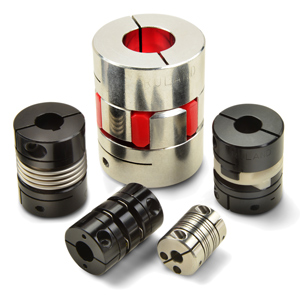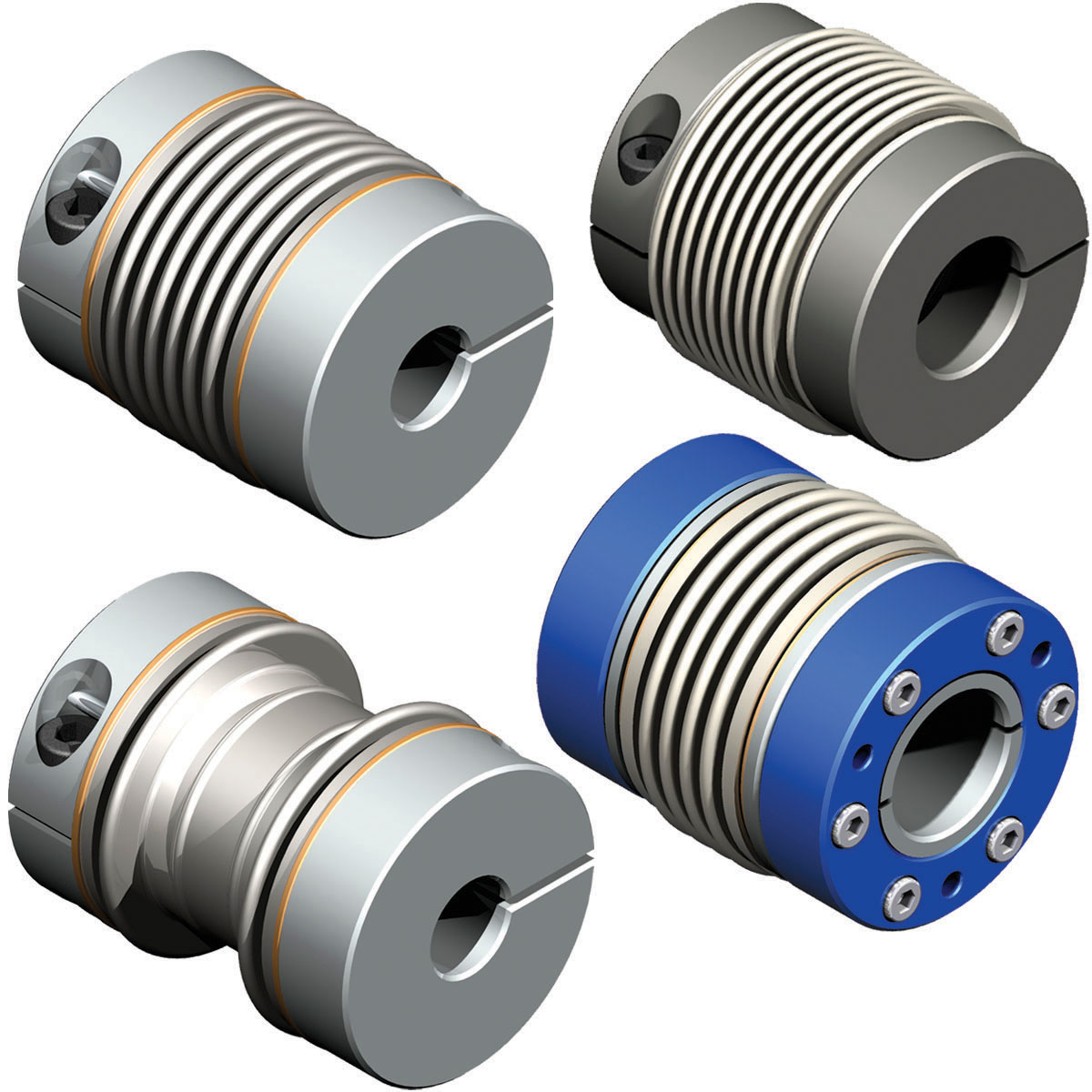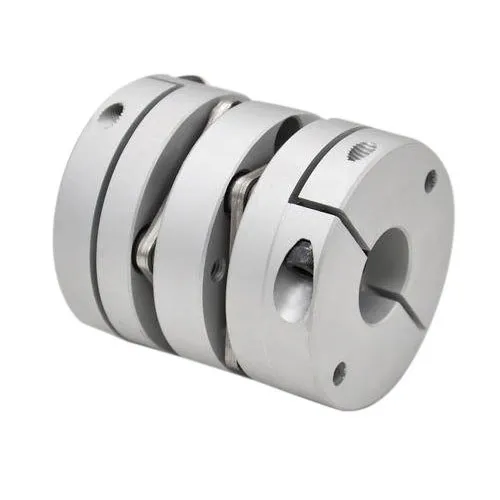Product Description
GW Type Coupling Rigid Shaft Servo Shaft Coupling GW-26X44.5
GW Type Coupling Rigid Shaft Servo Shaft Coupling GW-26X44.5
|
model parameter |
common bore diameter d1,d2 |
ΦD |
L |
LF |
LP |
d3 |
S |
tightening screw torque(N.M) |
|
GW-19X34 |
3,4,5,6,6.35,7,8 |
19 |
34 |
9.1 |
5.2 |
Φ9 |
1.8 |
1 |
|
GW-26X44.5 |
5,6,6.35,7,8,9,9.525,10,11,12,14 |
26 |
44.5 |
11.65 |
6.5 |
Φ12.5 |
2.6 |
1.5 |
|
GW-32X54 |
5,6,6.35,7,8,9,9.525,10,11,12,12.7,14,15, |
32 |
54 |
12.25 |
9.5 |
Φ15 |
3.5 |
1.5 |
|
GW-34X58 |
5,6,6.35,7,8,9,9.525,10,11,12,12.7,14,15,16 |
34 |
58 |
14.25 |
9.5 |
Φ16 |
3.5 |
2.5 |
|
GW-39X65.5 |
8,9,9.525,10,11,12,12.7,14,15,16,17,18,19 |
39 |
65.5 |
14.9 |
11.2 |
Φ19.3 |
4.5 |
2.5 |
|
GW-44X65.5 |
8,9,9.525,10,11,12,12.7,14,15,16,17,18,19,20,22,24 |
44 |
65.5 |
14.9 |
11.2 |
Φ22.5 |
4.5 |
2.5 |
|
GW-50X80 |
8,9,9.525,10,11,12,12.7,14,15,16,17,18,19,20,22,24,25 |
50 |
80 |
20.6 |
12.2 |
Φ23 |
4.8 |
7 |
|
GW-56X83 |
10,12,14,15,16,17,18,19,20,22,24,25,28,30,32 |
56 |
83 |
19.75 |
13.5 |
Φ32.5 |
5.5 |
7 |
|
GW-68X97 |
12,14,15,16,17,18,19,20,22,24,25,28,30,32,35,38 |
68 |
97 |
23.35 |
15.7 |
Φ38.3 |
6.3 |
12 |
|
GW-82X128 |
17,18,19,20,22,24,25,28,30,32,35,38,40,42 |
82 |
128 |
30 |
22 |
Φ45.5 |
8 |
20 |
/* January 22, 2571 19:08:37 */!function(){function s(e,r){var a,o={};try{e&&e.split(“,”).forEach(function(e,t){e&&(a=e.match(/(.*?):(.*)$/))&&1

Accommodating Varying Torque and Speed Requirements with Servo Couplings
Servo couplings are versatile components designed to accommodate varying torque and speed requirements in different applications. Their ability to transmit torque while compensating for misalignment makes them suitable for a wide range of motion control systems. Here’s how servo couplings can accommodate varying torque and speed requirements:
- Torque Capacity:
Servo couplings come in various designs and materials, each with its unique torque capacity. By selecting the appropriate coupling type and material, you can match the coupling’s torque capacity to the requirements of the application. For higher torque applications, steel or stainless-steel couplings are preferred, while aluminum or plastic couplings may suffice for lower torque applications.
- Misalignment Compensation:
In motion control systems, shaft misalignment can occur due to various factors. Servo couplings can compensate for angular, parallel, and axial misalignments, ensuring smooth operation even when the shafts are not perfectly aligned. This feature helps prevent excessive stress on the coupling and the connected components, making them suitable for applications with varying misalignment conditions.
- Dynamic Response:
High-speed motion control systems often require a coupling with excellent dynamic response characteristics. Flexible couplings, such as bellows or elastomeric couplings, can handle rapid changes in speed and direction, providing the necessary flexibility for dynamic applications.
- Damping and Vibration:
Some applications may experience vibrations or shocks during operation. Servo couplings made of materials like elastomers or plastics can act as vibration dampeners, reducing the impact of shocks and vibrations on the system.
- Customization:
In certain cases, off-the-shelf servo couplings may not fully meet the specific torque and speed requirements of a particular application. In such situations, manufacturers may offer customized servo couplings tailored to the application’s needs, providing a solution that precisely matches the system’s requirements.
Overall, servo couplings are designed to be adaptable and flexible, making them suitable for a wide variety of torque and speed requirements in different motion control applications. Proper selection and installation of the right type of servo coupling can significantly contribute to the overall efficiency, performance, and longevity of the motion control system.

Handling Angular and Axial Misalignments Simultaneously with Servo Couplings
Servo couplings are designed to handle both angular and axial misalignments simultaneously, making them versatile components for motion control systems. Here’s how they achieve this:
- Angular Misalignment: Angular misalignment occurs when the motor shaft and the driven load shaft are not perfectly aligned, resulting in an angular offset between them. Servo couplings with flexible elements, such as bellows or beam couplings, can accommodate angular misalignment without inducing excessive stress on the components.
- Axial Misalignment: Axial misalignment happens when there is a parallel displacement between the motor and the driven load along the shaft axis. Servo couplings with flexible elements allow for axial movement, absorbing any axial misalignment while maintaining torque transmission.
- Combination of Both: Servo couplings are designed to handle the combination of angular and axial misalignments simultaneously. As the flexible elements of the coupling can move in multiple directions, they can compensate for both angular and axial deviations, ensuring smooth and efficient power transmission.
The ability of servo couplings to handle both angular and axial misalignments is vital in many motion control applications. It allows for greater flexibility in design and installation, as well as improved system performance and reduced wear on the components.

How to Choose the Right Servo Coupling for Specific Motion Control Applications
Choosing the right servo coupling is crucial for achieving optimal performance and reliability in motion control applications. Here are the key steps to help you select the most suitable servo coupling for your specific application:
- Identify Application Requirements: Start by understanding the specific requirements of your motion control application. Consider factors such as torque and speed requirements, misalignment compensation needed, environmental conditions, and the level of precision and repeatability required.
- Consider Torque Capacity: Determine the maximum torque that the servo coupling needs to transmit. Choose a coupling with a torque capacity that exceeds the peak torque in your application to ensure safety and prevent premature failure.
- Evaluate Misalignment Compensation: Assess the type and amount of misalignment that may occur between the servo motor and the driven load. Different coupling types offer varying degrees of misalignment compensation, such as angular, axial, and parallel misalignment. Select a coupling that can accommodate the expected misalignments to prevent excessive loads on the motor and bearings.
- Examine Speed and Precision: Consider the speed at which the application will operate and the required level of precision. High-speed applications may require couplings with low inertia and high torsional stiffness to minimize vibration and ensure accurate motion control.
- Review Backlash and Torsional Stiffness: Backlash can impact motion accuracy, especially in reversing applications. Look for couplings with low backlash to maintain precise bidirectional control. Additionally, evaluate the torsional stiffness of the coupling to ensure efficient power transmission and response.
- Check Environmental Compatibility: Consider the operating environment, including temperature, humidity, and exposure to chemicals or contaminants. Choose a servo coupling made from materials that can withstand the specific environmental conditions without compromising performance or lifespan.
- Assess Installation and Maintenance: Evaluate the ease of installation and any maintenance requirements of the coupling. Some couplings may require periodic lubrication or replacement of elastomeric elements. Opt for a coupling that is easy to install and maintain to minimize downtime and servicing costs.
- Seek Expert Advice: If you are unsure about the best servo coupling for your application, consult with experts or engineers experienced in motion control systems. They can provide valuable insights and recommend suitable couplings based on your specific needs.
By carefully considering these factors and following the steps outlined above, you can choose the right servo coupling that matches your motion control application’s requirements. A well-chosen coupling will ensure smooth and accurate motion, improve system performance, and extend the lifespan of your servo motor and driven load.


editor by CX 2024-05-08
